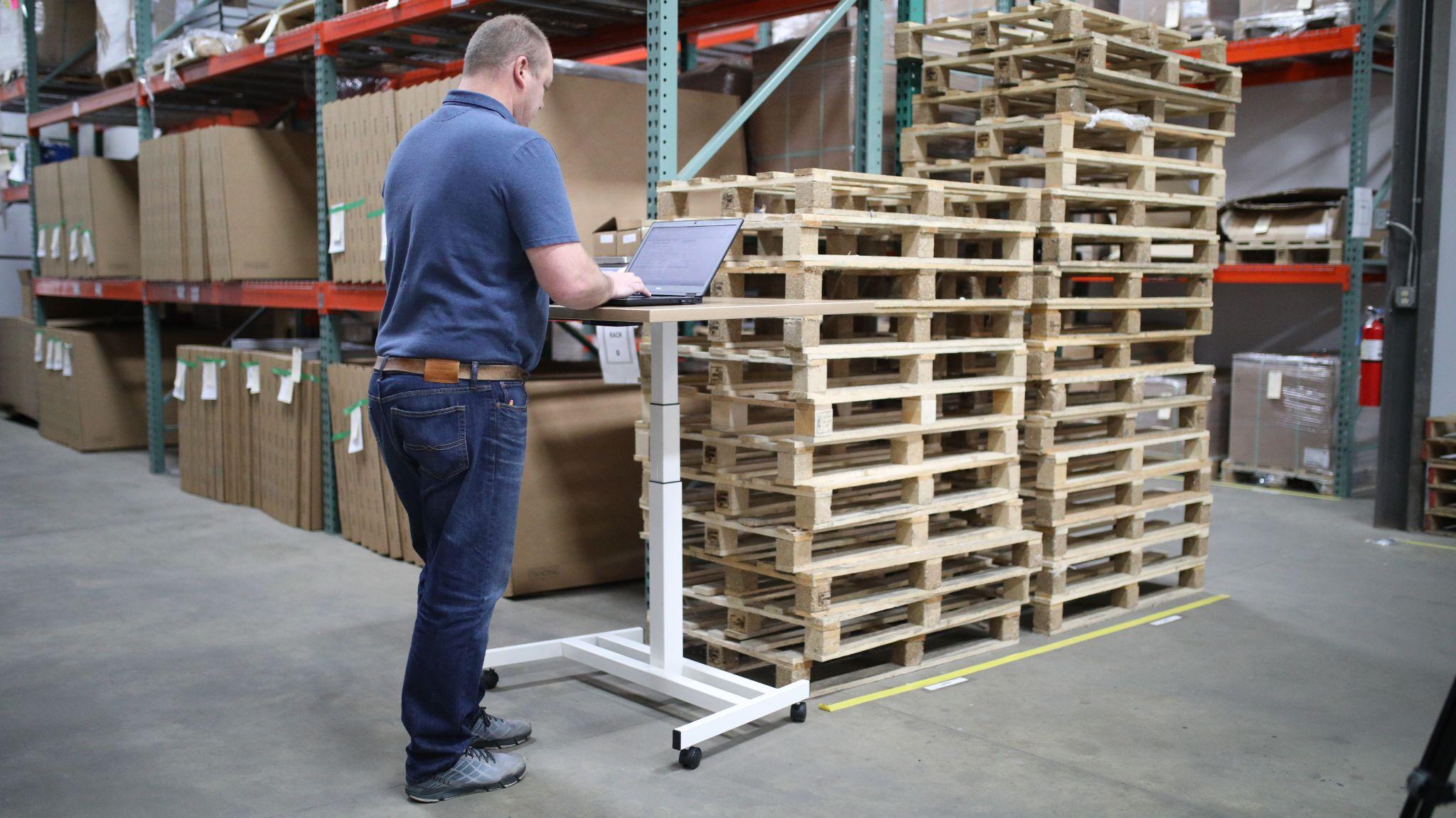Running a successful business is always a challenging task. One of the most difficult aspects of any business is cost management. Many business owners have the same problem: their total sales volume is great, but their final profit is still small. The reasons may come from ineffective cost management. Beside all the essential costs, inventory carrying costs are normally neglected but can have a significant impact on a company’s profits. This article will bring you some suggested ways to minimize this cost.
What Is Inventory Carrying Cost?

The term “inventory carrying cost” refers to all charges connected to holding and storing unsold products. It will include the cost of warehousing, salaries, shipping and handling, taxes, and insurance, as well as depreciation, shrinkage, and opportunity costs. Inventory carrying costs vary by industry and business’s size, but they often account from 20% to 30% of total inventory cost following netsuite.com. These costs increase as you keep an item longer before selling it.
Inventory carrying costs are an important statistic for determining whether or not your business is running efficiently. High carrying costs could indicate that your company has more inventory on hand than needed.
How To Reduce Inventory Carrying Costs?

There are some common ways that business owners can apply to minimize the inventory carrying costs as following:
Use Inventory Management Software
Using inventory management software can help businesses a lot in reducing inventory carrying cost. It can provide real-time stock movement updates across all sales channels which help business owners manage inventory levels and cost more efficiently without spending hours every day manually checking stock levels. To find a suggestion for your inventory management software Click here
Organize Your Warehouse
An orderly warehouse will allow you to categorize your inventory efficiently and pick it up fast thereafter. Unorganized warehouses result in higher travel costs and a higher risk of misplaced or damaged inventory.
Apply Perpetual Inventory System
Perpetual inventory system normally run by supporting equipment and software so it will help businesses reduce much cost in manpower. Besides, Perpetual inventory helps businesses keep track of purchases and sales in real-time, allowing you to order inventory automatically as needed and maintain a healthy inventory level.
Get The Right Reorder Point
Understanding when to reorder products and at which quantity is a simple approach to ensure that you don’t have more inventory than you can sell or that you have insufficient stock to meet demand. In order to get the right reorder point, business owners have to look at sales data during previous months or years and use demand forecasting tools.
Avoid Minimum Order Quantities
Minimum order quantities give more benefits to more suppliers since they can sell more stock, reduce inventory carry costs. But it will be a burden for the wholesalers, the buyers since you will face the risk of being stuck with excess of stock. The recommendation is that you should try to negotiate with suppliers to get smaller amounts than MOQs but still get the good price. There is another suggested way of trying to find the partner who needs the same products to share the purchasing quantities.
Avoid Overstocking And Get Rid Of Deadstock
Many businesses try to get a good price from suppliers with excess product quantities than really needed. However, storing too much inventory increases the probability that the item you believed would sell is now taking up valuable warehouse space and costing you more money than it was purchased for. It is time to get rid of deadtock by trying to make some promotions, return to suppliers, give it free if needed. By doing that, you can clean the warehouse’s space for new and potentially more profitable products. Besides, your inventory carrying costs are also reduced significantly.
Decrease Supplier Lead Time
The shorter the lead time is, the better for the business. Reducing lead time to receive a purchase order will help businesses reduce inventory carrying costs. With shorter lead time, businesses keep less deadstock in the future and be able to order less stock more frequently to avoid excess stock.
Conclusion
In general, cost management is really essential for businesses. Reducing inventory carrying costs can help businesses increase profit and create better inventory management which results in customer’s satisfaction. Now it is time to build up your own cost reducing plan with all above suggested ways and stick to it.
Follow Techdee for more!





